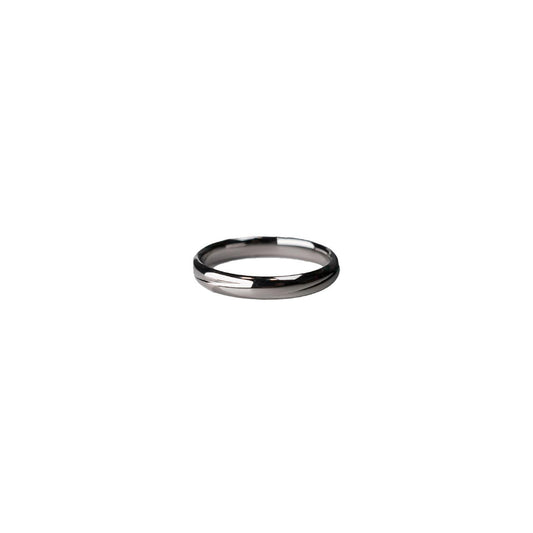The Enigmatic Allure of the Emerald
The Enigmatic Allure of the Emerald
The first time I held an emerald in my hand, its depth took me by surprise. I had always seen this gemstone as just another pretty rock, a detail in the backdrop of lavish jewelry. But there it was—alive in a myriad of greens. It wasn't just the stone's color that captivated me; it was the story it seemed to whisper.
The emerald has always had a touch of mystery about it, no doubt due to its long and storied past. Once deemed more valuable than diamonds, the emerald's name is derived from the Sanskrit word “marakata,” meaning "the green growing things." This etymology feels appropriate since I’ve always connected the emerald’s vibrant hue with the lushness of rainforests, teeming with life and possibilities.
Culturally, emeralds have graced the crowns and necklines of royalty for centuries, serving as both talisman and treasure. Cleopatra, Egypt's iconic ruler, was famously fond of them, embedding the stones into her regal adornments. That image of Cleopatra swathed in silks, crowned with emeralds, is hard to shake. It’s as if the stone has an intrinsic connection to power and majesty, a status symbol that commands attention without shouting for it. It’s perhaps why I once chose an emerald ring for an important presentation, feeling as if that little whisper of history and royalty sat snugly on my finger, imparting some silent strength.
In more recent times, the gemstone's appeal has not waned. If anything, it has adapted, finding a place in the heart of contemporary design. Designers have taken to pairing emeralds with unorthodox metals or mixing them with less traditional stones, creating jewelry pieces that aren't just beautiful but are decidedly modern. Yet, even as trends evolve, the emerald retains its timeless charm, a juxtaposition of old world and new that many find irresistible.
Once, on a trip to Colombia—one of the world's leading producers of emeralds—I observed firsthand the meticulous process of extracting these gems from the earth. There was something profoundly humbling about the entire operation. The miners, working tirelessly, covered in the earth that shielded these precious stones for millennia, seemed to share an unspoken bond with the treasure. Watching them, I realized that each emerald has its own journey, its own unique path from the core of the earth to the hands of a person.
Returning home, I found myself reflecting on this experience. Emeralds, much like people, are shaped by the pressures they've endured. They might have inclusions—what gemologists call "jardin"—which rather than flaws, are celebrated as the stone’s natural fingerprint. It’s this authenticity, these traces of history and journey, that make each emerald singular. It taught me to embrace my quirks and past too, a gentle reminder that it's our imperfections that make us unique.
In the end, the allure of the emerald isn't merely in its beauty, but in its depth—both literal and metaphorical. Holding one, I can’t help but think that perhaps we all could use a little of the emerald's grace: a reminder of growth, of history, and of the quiet, enduring strength that comes from the earth itself. If you ever find yourself in the presence of this precious stone, pause for a moment. It might just surprise you with what it has to say.


























